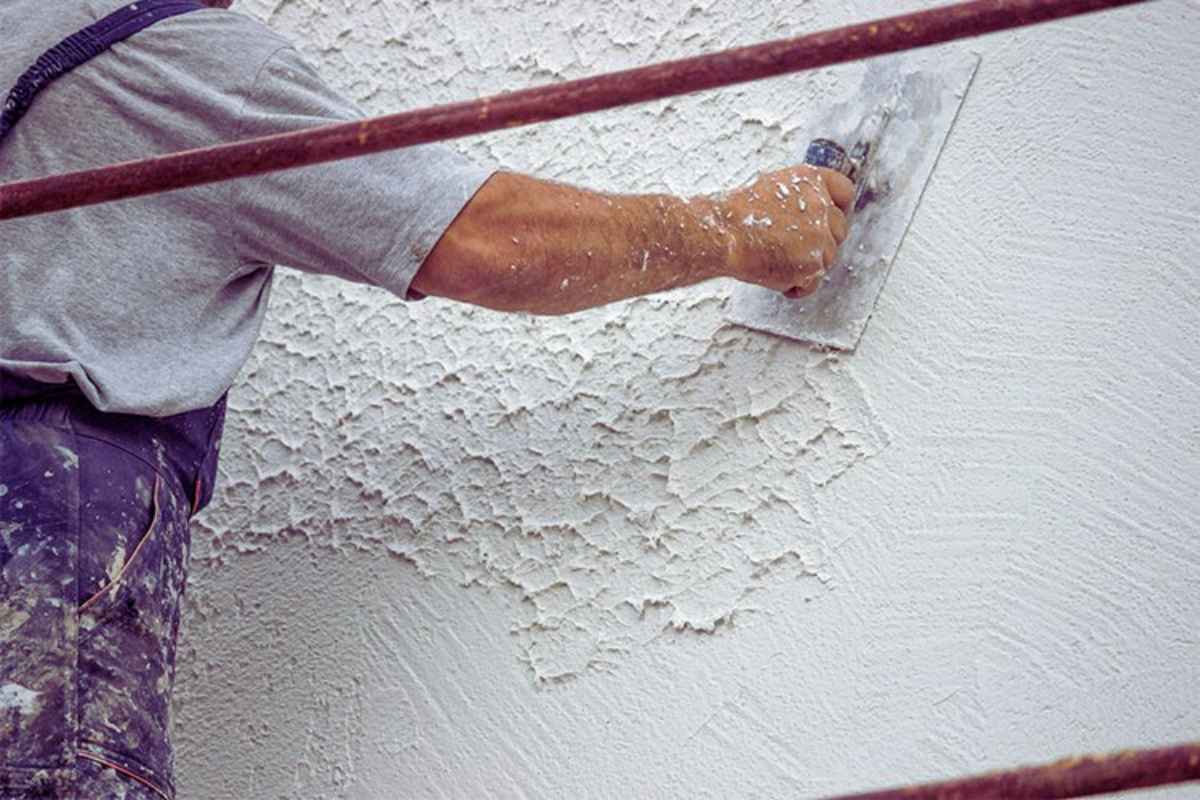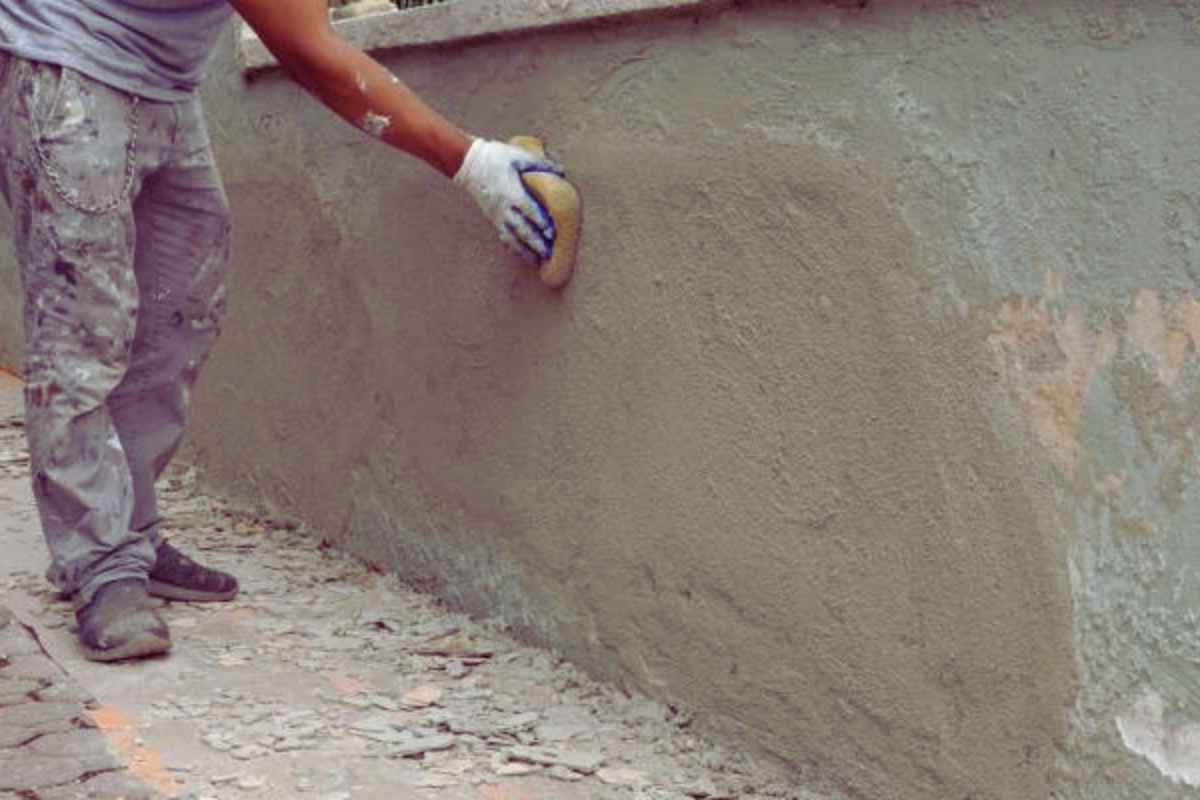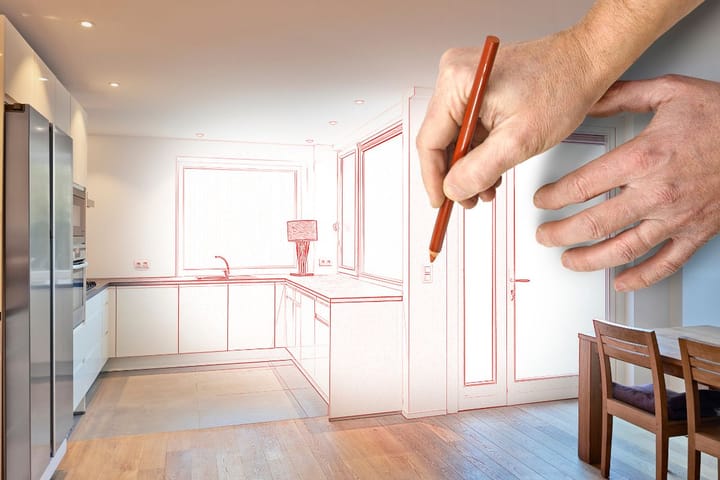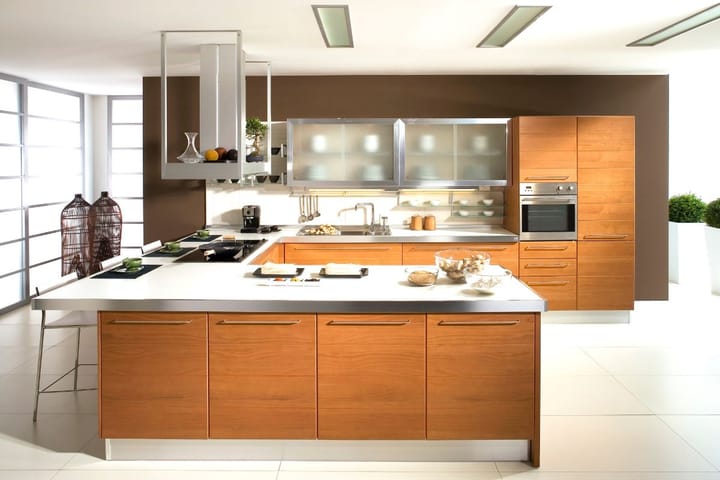Single-Coat Brilliance: Exploring Monocouche Render Solutions
In construction, facades protect and enhance buildings. Monocouche render stands out for efficiency, durability, and versatility with single-coat application.

In the realm of construction and architecture, the facade is not merely a decorative element; it's a crucial component that protects buildings from external elements while enhancing their aesthetic appeal. Among the various rendering options available, monocouche render stands out for its efficiency, durability, and versatility. In this exploration, we delve into the intricacies of monocouche render, focusing mainly on its single-coat application and the brilliance it brings to construction projects.
Understanding Monocouche Render
Monocouche render, derived from the French word for "single layer," refers to a type of exterior render that is applied in a single coat onto a building's surface. Unlike traditional renders that require multiple layers and extensive curing time, monocouche render streamlines the rendering process, offering a more efficient solution for construction projects.
Typically composed of cement, sand, and various additives, monocouche render exhibits excellent adhesive properties, ensuring a solid bond with the substrate. Its formulation often includes polymers or fibers to enhance flexibility and crack resistance, resulting in a durable finish that can withstand the rigors of weather and time.
Compared to traditional render systems, monocouche render offers several distinct advantages. Its single-coat application reduces labor and material costs while accelerating project timelines. Additionally, monocouche render boasts superior breathability, allowing moisture to escape from the building's structure and preventing issues such as dampness and mold growth.
The Significance of Single-Coat Application
One of the primary advantages of single-coat monocouche render is its efficiency in application. With traditional renders requiring multiple coats and extended curing periods between layers, monocouche render simplifies the process, saving time and labor costs. This streamlined approach enables construction projects to progress more swiftly, meeting tight deadlines and minimizing disruptions.

Beyond time savings, monocouche render offers significant cost benefits. By eliminating the need for additional coats and reducing labor hours, construction expenses are lowered, making monocouche a cost-effective choice for developers and builders. Furthermore, its durability and long-lasting performance contribute to ongoing maintenance savings over the lifespan of the building.
In an era where sustainability is paramount, monocouche render aligns with eco-conscious building practices. Its efficient application reduces energy consumption associated with construction activities, while its breathable nature promotes healthier indoor environments by preventing moisture buildup and improving air quality. Additionally, monocouche render formulations can incorporate recycled materials, further reducing environmental impact.
Exploring the Brilliance of Single-Coat Monocouche Render
Despite its single-coat application, the monocouche render offers exceptional durability and longevity. Engineered to withstand harsh weather conditions, UV exposure, and mechanical stresses, monocouche render provides lasting protection for buildings, maintaining their structural integrity and aesthetic appeal for years to come. Its crack-resistant properties ensure a seamless finish that remains intact even in high-traffic areas.
Far from being a utilitarian solution, monocouche render offers a myriad of aesthetic possibilities. Available in a wide range of colors, textures, and finishes, it allows architects and designers to unleash their creativity and achieve their desired aesthetic vision. Whether replicating the look of traditional masonry or embracing contemporary design trends, monocouche render provides endless customization options to suit any architectural style.
From scorching desert heat to freezing arctic conditions, monocouche render excels in diverse climates. Its robust formulation ensures resilience against temperature fluctuations, moisture ingress, and fungal growth, making it suitable for buildings located in challenging environments. Whether applied to residential homes, commercial complexes, or institutional structures, monocouche render delivers reliable performance, regardless of the weather conditions.
Application Techniques and Best Practices
Before applying monocouche render, proper surface preparation is essential to ensure adhesion and longevity. This includes thorough cleaning to remove dirt, debris, and contaminants, as well as repairing any cracks or defects in the substrate. Additionally, applying a suitable primer helps promote bonding and enhances the durability of the render finish.
Monocouche rendering can be applied using various techniques, including hand application, spray application, or machine rendering. Each method offers its own set of advantages depending on the project requirements and site conditions. While hand application allows for greater precision and detail work, spray application provides faster coverage and can be more efficient for large surface areas.
To achieve optimal results with monocouche render, attention to detail and adherence to best practices are paramount. Maintaining consistent thickness and coverage during application helps ensure a uniform finish without streaks or patches. Additionally, following manufacturer guidelines for mixing ratios, curing times, and application temperatures is crucial for maximizing the performance and longevity of the render.
Addressing Common Concerns and Misconceptions
While monocouche render offers numerous benefits, it's essential to address potential drawbacks and limitations. These may include limited color choices compared to traditional renders, as well as the need for skilled applicators to achieve desired results. Additionally, surface preparation is critical to prevent issues such as delamination or cracking over time.
To overcome challenges associated with monocouche render, proper training and education for applicators are essential. Investing in skilled labor ensures that the render is applied correctly and achieves the desired performance and aesthetic outcomes. Additionally, ongoing maintenance and inspection help identify and address any issues before they escalate, prolonging the lifespan of the render finish.
Conclusion
In conclusion, single-coat monocouche render represents a paradigm shift in exterior cladding solutions, offering unparalleled efficiency, durability, and aesthetic versatility. From its streamlined application process to its enduring performance in diverse climates, monocouche render exemplifies the brilliance of modern construction materials. By embracing monocouche render, architects, builders, and homeowners can achieve their design goals while contributing to a more sustainable and resilient built environment.




Comments ()